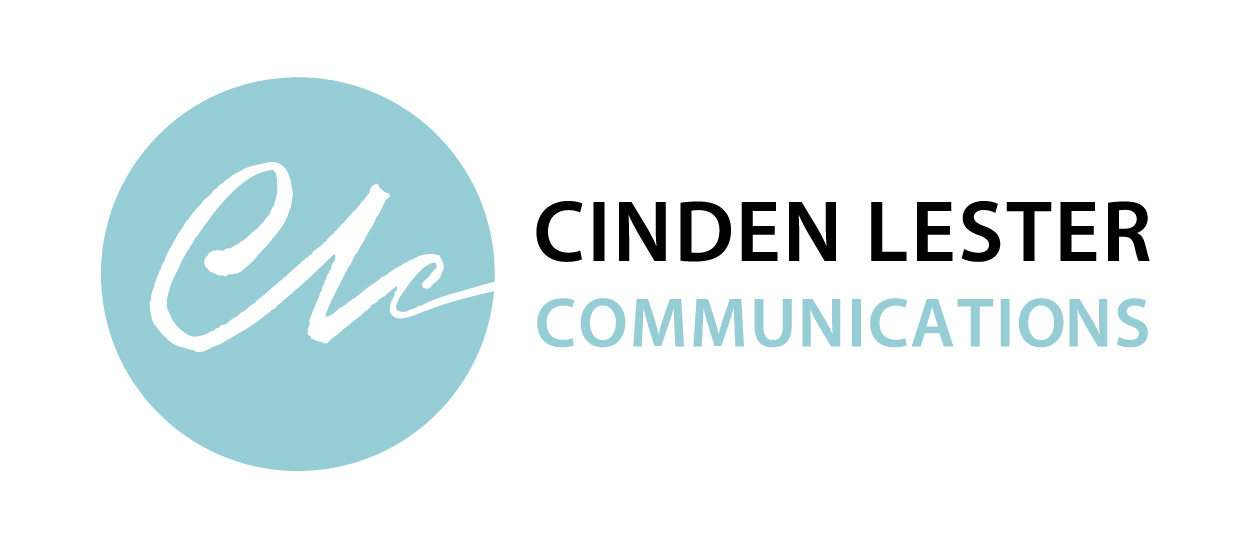 Did you see the story about the somewhat embarrassing oversight in the design for Japan’s 2020 Olympic stadium?
Did you see the story about the somewhat embarrassing oversight in the design for Japan’s 2020 Olympic stadium?
Um, it seems the cauldron is missing.
This is after the original design had to be scrapped in favour of a second, less expensive (and less bike helmet looking) design.
And it turns out not only is there no cauldron, but the new design features wooden latticework and beams under the roof, so perhaps the missing cauldron is a good thing…
The Olympic President blamed the Sports Minister and organisers have gone back to the drawing board again, to put together a ‘Cauldron consideration working team‘.
So…how could the centrepiece of the opening ceremony have been left out of the brief?
This story prompted me to reflect on the importance of a good brief (after the giggling stopped).
I love starting new projects. It’s the clean-slate syndrome: the chance to solve problems, generate ideas, make something better or create something new.
But before I get stuck in, or even quote on a project, I need to understand the brief.
For any communication project – writing, editing, website development, strategy development, design, advertising, branding, video production – a clear brief is essential.
Actually, it’s important for any type of project.
It sets out the objectives and expectations. It provides the motivation and sparks inspiration.
Agreeing on the purpose of the work from the start also saves time, frustration, confusion and re-takes down the track.
If you’re working with clients or colleagues within your own organisation, it reinforces your professionalism and helps everyone focus.
If you’re paying a consultant or creative agency, it can save you money.
If you are a consultant or work in a creative agency, it helps you understand and build a productive relationship with your client.
In short, a better brief means better results.
I’m a stickler for detail. That means picking my clients’ brains for all manner of knowledge. After all, they are the subject matter experts about the issues, audiences, programs, policies, products or services in question.
There are a lot of questions to ask before getting down to work. Here are some of them.
Why? Why are you doing this? What do you want to achieve or need to fix? What are the issues? What is your business objective—where do you want to be? What outcomes and responses do you want? How does it relate to the organisation’s big picture or strategic vision? And how will you know if you’ve been successful?
What? What are you communicating about? What’s the program, policy, product, proposal, campaign or strategy all about? What behaviour do you want to encourage or change? What’s the broader context? Are there existing resources, research, positioning, branding or content that can be used to help tell the story or flesh out concepts and ideas? What are some good examples or examples of what not to do?
Who? Who is your target audience? What do you know about them? What do they know already and what do they need to know? Who are the other stakeholders that can influence the project? Also, what do you know about the organisation? What is its purpose, positioning and ‘personality’? For private sector or semi-commercial projects, this could also include asking about the organisation’s history, market and competitors.
When? What is your timeline? Is the deadline immovable, or is there some flexibility? Are there specific milestones, events or progress deadlines to meet along the way?
Where? Is this national or local? Is it online, on paper, in the mainstream media or all of the above? And how are you letting the audiences know it’s there?
How much? Is there a budget for the project? I know this is a sensitive one that’s often played close to the chest, but it’s worth asking. In the creative communications industry there are so many ways to produce a piece of work. Having a budget helps zero in on the most realistic, and best value for money, options. And for a three-quote process, providing an indicative budget means you’re more likely to compare apples with apples.
If you’d like to dig a bit deeper into how to brief creative agencies, check out Briefing an Agency: a best practice guide to briefing communications agencies by The Good Pitch.
How to ask? Some consultants ask their clients to fill out a standard ‘Job brief’ form. I usually ask the questions direct, whether that’s face-to-face, over the phone or by email. The most useful nuggets of information come from listening carefully and asking follow-up questions. This helps develop an informed brief from scratch or clarify questions arising from a job brief or request for quote.
Understanding the brief means understanding the purpose and understanding the client. Then you’re far less likely to be left red faced by overlooking something, ahem, central to the required outcome.
It also gives you a head start on developing a good relationship through clear, transparent discussion and detailed answers to questions that inform the most effective solutions. Overall, the best chance of a gold medal performance.
TIP
The more questions, the better the brief.
The better the brief, the better the outcome.
| Cinden Lester has more than 25 years’ experience as a professional writer, editor and communications specialist. She worked as a broadcast journalist, in private sector marketing and public relations, and in government communications before establishing her own Canberra-based communications consultancy in 2000.
Contact Cinden if you’d like help with your communications. |
